How Do Wifi Security Cameras Work Without Storage?
In the age of smart homes and advanced security systems, WiFi security cameras have become a popular choice for homeowners and businesses alike. These devices offer the convenience of remote monitoring and the ability to keep an eye on your property from anywhere in the world. However, one common question that arises is how WiFi security cameras work without storage. This article aims to delve into the mechanics of these cameras, explore the various methods they use to function without local storage, and provide practical solutions for those looking to enhance their security systems.
Understanding WiFi Security Cameras
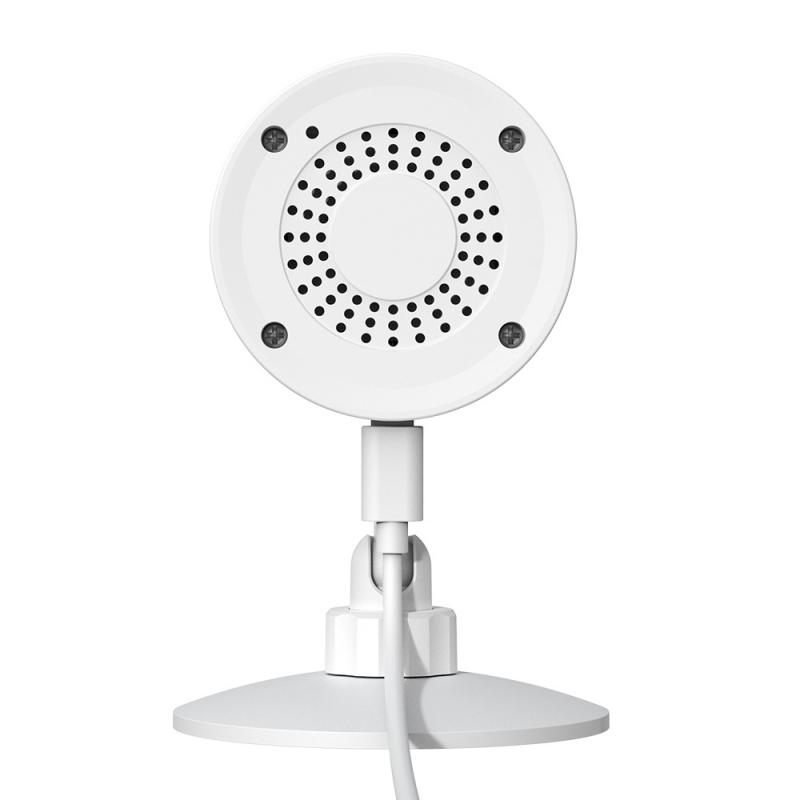
WiFi security cameras are designed to connect to your home or business network wirelessly. This eliminates the need for extensive wiring and makes installation relatively straightforward. These cameras capture video footage and transmit it over the internet, allowing you to view live feeds or recorded clips from your smartphone, tablet, or computer.
The Role of Storage in Traditional Security Cameras
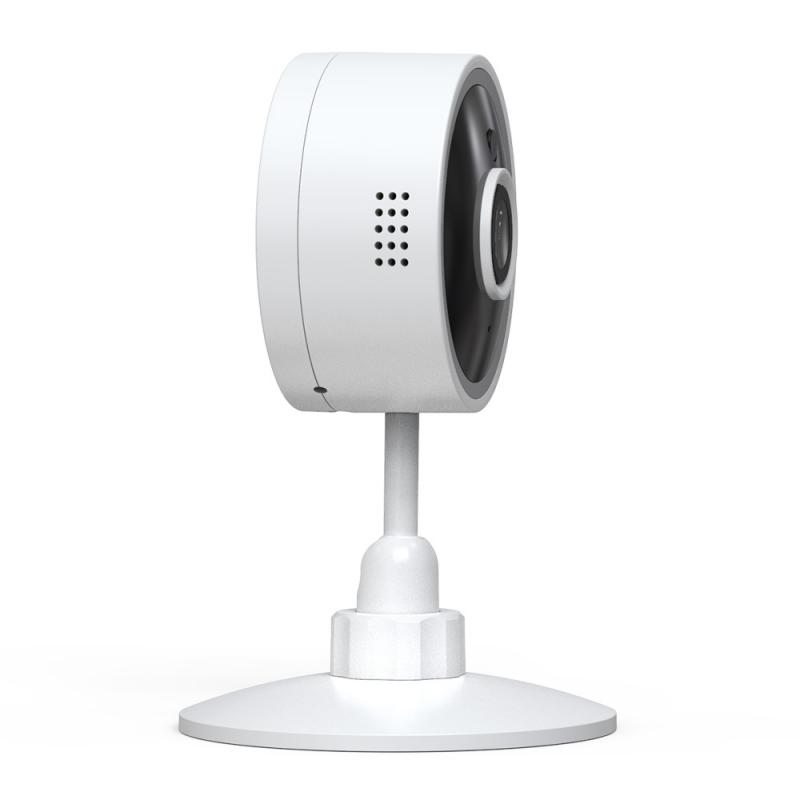
Traditional security cameras often rely on local storage solutions such as SD cards, hard drives, or network-attached storage (NAS) devices. These storage options allow the cameras to save video footage locally, which can then be accessed and reviewed as needed. However, local storage comes with its own set of challenges, including limited storage capacity, the risk of physical damage or theft, and the need for regular maintenance.
How WiFi Security Cameras Work Without Storage

WiFi security cameras can function without local storage by leveraging cloud storage, real-time streaming, and other innovative technologies. Here’s a closer look at how these methods work:
1. Cloud Storage
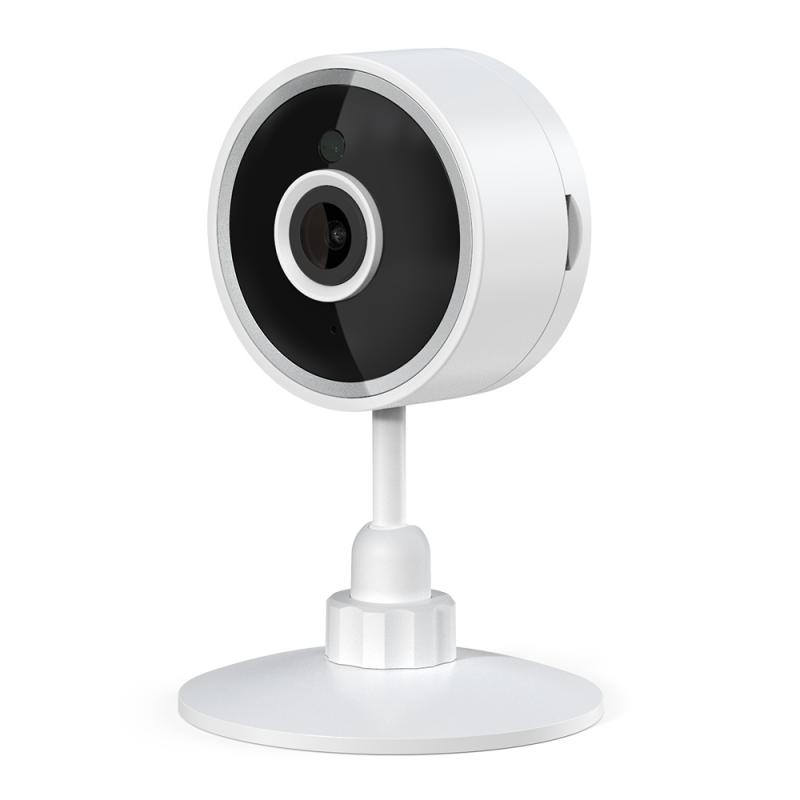
One of the most common ways WiFi security cameras operate without local storage is by using cloud storage. When a camera captures video footage, it uploads the data to a remote server hosted by a cloud service provider. This method offers several advantages:
- Accessibility: You can access your video footage from anywhere with an internet connection.
- Security: Cloud storage providers often implement robust security measures to protect your data from unauthorized access.
- Scalability: Cloud storage can easily accommodate large amounts of data, eliminating concerns about running out of storage space.
However, cloud storage also has its drawbacks, such as ongoing subscription fees and potential privacy concerns.
2. Real-Time Streaming
Another method used by WiFi security cameras is real-time streaming. Instead of storing video footage, these cameras transmit live video feeds directly to your device. This approach is particularly useful for real-time monitoring and immediate response to security incidents. Key benefits include:
- Instant Alerts: Many cameras offer motion detection and can send instant alerts to your smartphone when activity is detected.
- No Storage Required: Since the footage is not stored, there’s no need to worry about managing storage space.
The main limitation of real-time streaming is that it doesn’t provide a way to review past footage unless you manually record the stream on your device.
3. Hybrid Solutions
Some WiFi security cameras offer hybrid solutions that combine cloud storage and real-time streaming. For example, a camera might stream live footage while also saving short video clips to the cloud when motion is detected. This approach provides the best of both worlds, allowing for real-time monitoring and access to recorded footage.
Practical Considerations for Choosing a WiFi Security Camera
When selecting a WiFi security camera that works without local storage, there are several factors to consider:
1. Subscription Costs
Cloud storage services often come with subscription fees. It’s important to factor in these ongoing costs when choosing a camera. Some providers offer free tiers with limited storage, while others require a paid subscription for full access to features.
2. Data Privacy
Since cloud storage involves uploading your video footage to remote servers, it’s crucial to choose a provider with strong data privacy policies. Look for companies that offer end-to-end encryption and have a good reputation for protecting user data.
3. Internet Bandwidth
WiFi security cameras rely on your internet connection to transmit data. Ensure that your internet plan has sufficient bandwidth to support the camera’s streaming and uploading needs. High-definition cameras, in particular, can consume a significant amount of data.
4. Compatibility
Make sure the camera you choose is compatible with your existing smart home ecosystem. Many WiFi security cameras integrate with platforms like Amazon Alexa, Google Assistant, and Apple HomeKit, allowing for seamless control and automation.
Enhancing Your Security System
To maximize the effectiveness of your WiFi security camera system, consider the following tips:
1. Positioning
Proper camera placement is crucial for optimal coverage. Install cameras at strategic locations such as entry points, driveways, and common areas. Ensure that the cameras have a clear line of sight and are positioned at a height that minimizes blind spots.
2. Network Security
Since WiFi security cameras are connected to your network, it’s essential to secure your WiFi network to prevent unauthorized access. Use strong, unique passwords and enable WPA3 encryption if your router supports it. Regularly update your camera’s firmware to protect against vulnerabilities.
3. Redundancy
Consider using multiple cameras to create a redundant security system. This ensures that if one camera fails or is tampered with, others can still provide coverage. Additionally, some cameras offer battery backup options to keep them operational during power outages.
4. Regular Maintenance
Perform regular maintenance checks on your cameras to ensure they are functioning correctly. Clean the lenses, check for firmware updates, and test the camera’s connectivity to your network.
WiFi security cameras offer a flexible and convenient solution for monitoring your property without the need for local storage. By leveraging cloud storage, real-time streaming, and hybrid solutions, these cameras provide robust security features that can be accessed from anywhere. When choosing a WiFi security camera, consider factors such as subscription costs, data privacy, internet bandwidth, and compatibility with your smart home ecosystem. By following best practices for camera placement, network security, redundancy, and maintenance, you can enhance the effectiveness of your security system and enjoy peace of mind knowing that your property is well-protected.




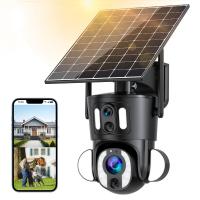


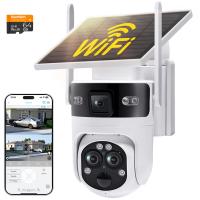
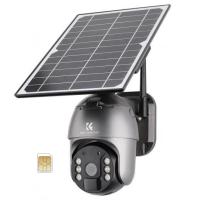





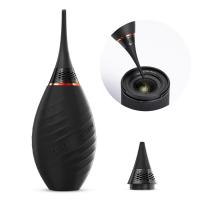





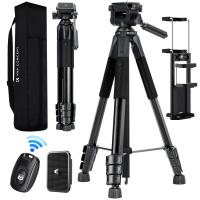

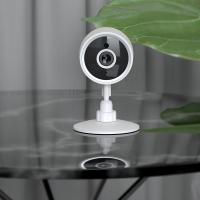

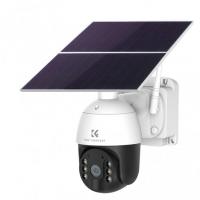
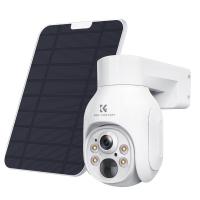






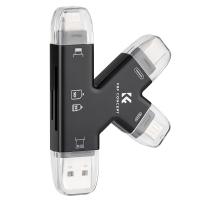


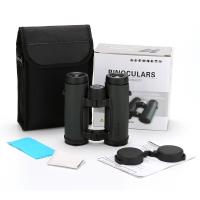





There are no comments for this blog.